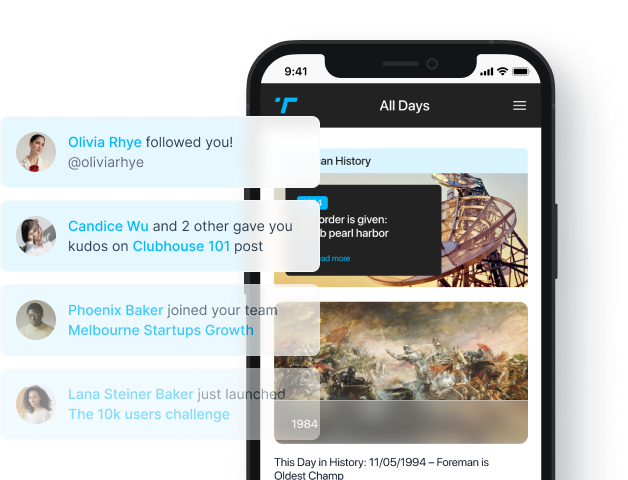Flashback to July 11
American History

On July 11, 1936, a significant event took place in New York City – the opening of the Triborough Bridge. This iconic bridge, also known as the Robert F. Kennedy Bridge, has played a crucial role in connecting Manhattan, the Bronx, and Queens. With its grand opening, the Triborough Bridge marked a milestone in the city’s infrastructure development and became a critical link for commuters and travelers.
The Triborough Bridge is a complex structure that consists of three separate bridges, interconnected by viaducts. It was designed by civil engineer Othmar H. Ammann, who is also known for his work on other notable bridges such as the George Washington Bridge and the Bayonne Bridge. The construction of the Triborough Bridge began in 1929 and was completed in 1936, making it one of the largest public works projects of its time.
The bridge’s purpose was to address the need for improved transportation and connectivity between the boroughs of New York City. Prior to its construction, commuters had to rely on ferry services or congested roadways to travel between Manhattan, the Bronx, and Queens. The Triborough Bridge provided a much-needed alternative, greatly reducing travel times and easing congestion on existing routes.
The opening of the Triborough Bridge brought a wave of excitement and anticipation among New Yorkers. On the day of its inauguration, a large crowd gathered to witness the momentous event. The bridge was officially opened by then-New York City mayor Fiorello H. La Guardia, and a motorcade of cars was the first to cross the bridge, marking the beginning of a new era in transportation infrastructure for the city.
The Triborough Bridge quickly became an invaluable asset to the city, facilitating the movement of people, goods, and services. Its strategic location allowed for improved access to popular destinations such as LaGuardia Airport, Yankee Stadium, and Randall’s Island. Moreover, the bridge’s design incorporated pedestrian walkways and bike lanes, catering to the needs of different modes of transportation.
Over the years, the Triborough Bridge has undergone various improvements and renovations to accommodate the increasing traffic demands in one of the busiest cities in the world. Its original toll plaza was replaced with electronic tolling systems, enhancing efficiency and reducing congestion. Additionally, structural enhancements have been made to ensure the bridge’s safety and longevity.
Today, the Triborough Bridge stands as a symbol of New York City’s ingenuity and determination to overcome transportation challenges. Its distinctive architecture and sweeping views of the city skyline make it not only a functional infrastructure but also an iconic landmark. Thousands of vehicles traverse the bridge daily, serving as a lifeline for commuters and a testament to the enduring legacy of this pioneering project.
the opening of the Triborough Bridge on July 11, 1936, was a momentous event for New York City. This critical infrastructure project revolutionized transportation between Manhattan, the Bronx, and Queens, providing a much-needed link for commuters and travelers. The bridge’s architectural significance and its role in facilitating movement within the city continue to make it an integral part of New York’s landscape. The Triborough Bridge remains a testament to the city’s commitment to improving its infrastructure and ensuring a more efficient and connected future.
We strive for accuracy. If you see something that doesn't look right, click here to contact us!
Sponsored Content

The United States Marine…
Celebrate the historical milestone…

Triborough Bridge in New…
On July 11, 1936,…

Temperature hits 118 degrees…
On 7/11/1888, Bennett, Colorado…

L Carnera discovers asteroid…
On July 11, 1901,…

New York City police…
On July 11, 1990,…

First White Citizens Council…
Learn about the historical…

